12 Types and Varieties of Kalanchoe Ideal for your Garden
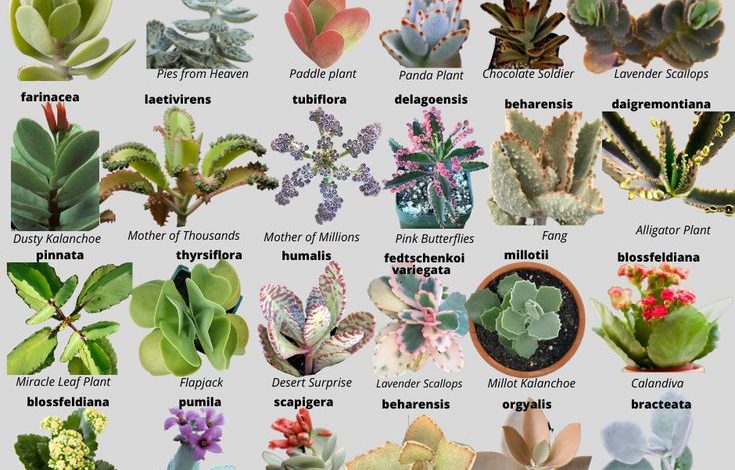
The kalanchoe is a succulent plant and as such does not require excessive watering. In its different varieties it is a beautiful plant, some of which have medicinal qualities.
It does not support frost, so in winter it is necessary to keep it indoors.Some of its varieties are the following:
Kalanchoe blossfeldiana
 Perennial ornamental plant, semi-shrubby, with beautiful flowers, endemic to Madagascar, it is small, from 20 to 40 cm.
Perennial ornamental plant, semi-shrubby, with beautiful flowers, endemic to Madagascar, it is small, from 20 to 40 cm.
It is suitable for interiors where it can embellish spaces: the living room, the kitchen, the study, the balcony, the staircase, the bathroom, because it is a unique ornament that brightens the environment.
It can be grown indoors and outdoors, in the ground and in a pot; inside, with lots of light, and outside without direct contact with the sun.
It is the best known of the genus, it has large leaves, 7 cm long by 4 wide, green and fleshy, white, red, purple and yellow.Its flowering season spans from late winter to late spring.
Its cultivation, which is easy, is industrialized because it is a plant highly sought after by lovers of beautiful gardens.
kalanchoe tessa
 Also native to Madagascar, this is a 30 cm decorative plant, with bell-shaped and elongated flowers, red and orange, ideal for decorating terraces, interiors of the home and the patio.
Also native to Madagascar, this is a 30 cm decorative plant, with bell-shaped and elongated flowers, red and orange, ideal for decorating terraces, interiors of the home and the patio.
The kalanchoe tessa shows excellent flowering from the end of January to the end of April, with fleshy, green leaves with a serrated edge.
They like direct sun because they love light, and can be grown in hanging pots.Precisely the quality that most likes about it is its hanging bearing that covers it with elegance, and its rapid growth.
It has been certified by the British Royal Horticultural Society’s Golden Merit Award for its elegance and the qualities it possesses in cultivation, as it does not require much maintenance and is resistant to pests and diseases.
Kalanchoe daigremontiana
 This very popular variety is also known as the devil’s backbone because its erect and simple stem, which can reach a height of one meter, sprouts triangular, opposite, elongated leaves with a jagged margin and black spots on the underside.
This very popular variety is also known as the devil’s backbone because its erect and simple stem, which can reach a height of one meter, sprouts triangular, opposite, elongated leaves with a jagged margin and black spots on the underside.
Contrary to other varieties of kalanchoe, this one does not stand out especially for its flowering, although in winter it does have flowers that are born in violaceous panicles.
It does show off offspring that are born on its edges and that take root when they fall to the ground.It is a sunny plant that we can have in semi-shade in a pot as an indoor plant precisely because of the curious shape of its leaves, but in Mediterranean regions it is grown outdoors.
In these cases, it is essential to plant it in very well-drained soils in a place where it receives direct sunlight, especially in the early hours of the day.Attention! This plant contains a poisonous substance known as diagremontianin.
Kalanchoe pink butterflies
 It is a plant that attracts attention because the suckers that sprout from the edge of its leaves simulate beautiful pink butterflies, so as much as it is a curious variety, it is very beautiful.
It is a plant that attracts attention because the suckers that sprout from the edge of its leaves simulate beautiful pink butterflies, so as much as it is a curious variety, it is very beautiful.
This is due to the fact that it is a hybrid between the kalanchoe daigremontiana and the kalanchoe delagoensis, which grows very fast.
The pink color of its buds is an indication of the lack of chlorophyll, which is the green substance that allows plants to photosynthesize so that they can grow. Consequently, the suckers do not survive for a long time, and in order to enjoy their short life we must keep them in semi-shade.
The pink butterflies can be planted in a pot as interior decoration with a view to adorning internal spaces of the house.Other varieties of kalanchoe are beharensis, pinnata, thyrsiflora, calandiva and tomentosa.
kalanchoe tomentosa
Kalanchoe tomentosa is an attractive flowering perennial succulent. It is also known as panda plant, chocolate soldier, teddy bear cactus, velvet-leaved Kalanchoe, pussy ears, white lady, or cocoon plant.
It is a very popular indoor plant due to its small size and ease of care.
The Panda Plant grows slowly and reaches up to 80 cm. It has a robust and erect stem, branched at the base and with a dense covering of hair. The base becomes woody with age or maturity.
The panda plant has narrow leaves with dark red or chocolate brown margins.
There are many varieties of this type of kalanchoes, with different colors. It produces small bell-shaped flowers with dark brown petal tips. It grows fairly well in dry to moist, well-drained soil in full sun or part shade.
This plant should be protected from prolonged exposure to strong sunlight.
kalanchoe pinnata
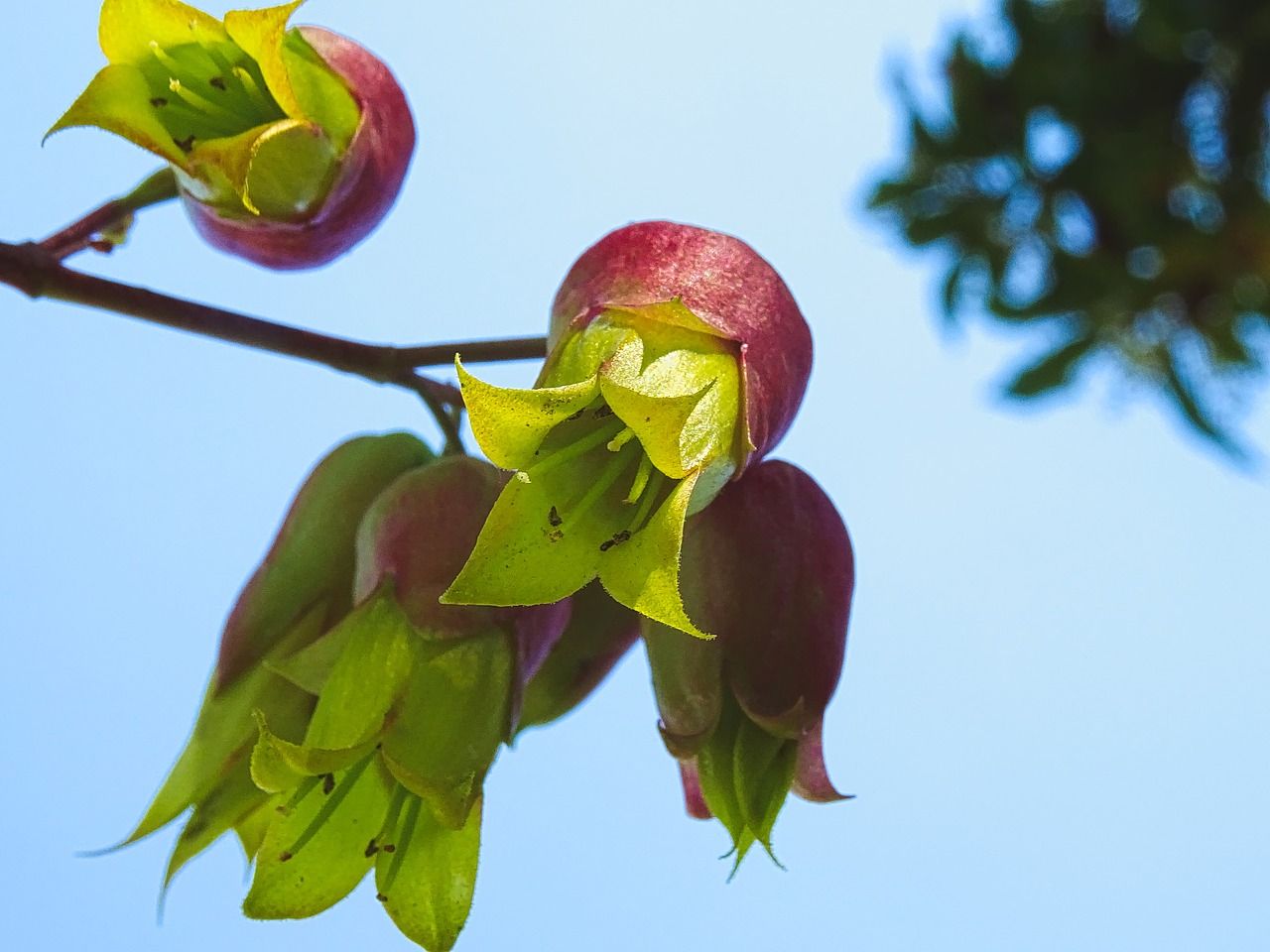
Kalanchoe pinnata, also known as «Cathedral Bells» is a perennial succulent plant also known as Bryophyllum pinnatum.
This plant has become naturalized in tropical and subtropical climates. The distinctive feature of Kalanchoe pinnata is the formation of miniature seedlings on the margins of the phylloclades.
It is a popular plant with many common names such as Air Plant, Cathedral Bells, Goethe’s Plant, Miracle Leaf, Plants of Life, Good Luck Leaf, Mexican Love Plant, Curtain Plant, and Mother-in-Law.
It grows up to 1.5 meters high. Cathedral Bells have erect, hollow, fleshy, cylindrical stems. The leaves are elliptical, thick and fleshy with serrated reddish margins.
Flowers are bell-shaped with many pendulous orange-red flowers appearing in large panicles.
Cathedral Bells require bright sunlight and moderate watering throughout the summer season for optimal growth.
Kalanchoe pumila
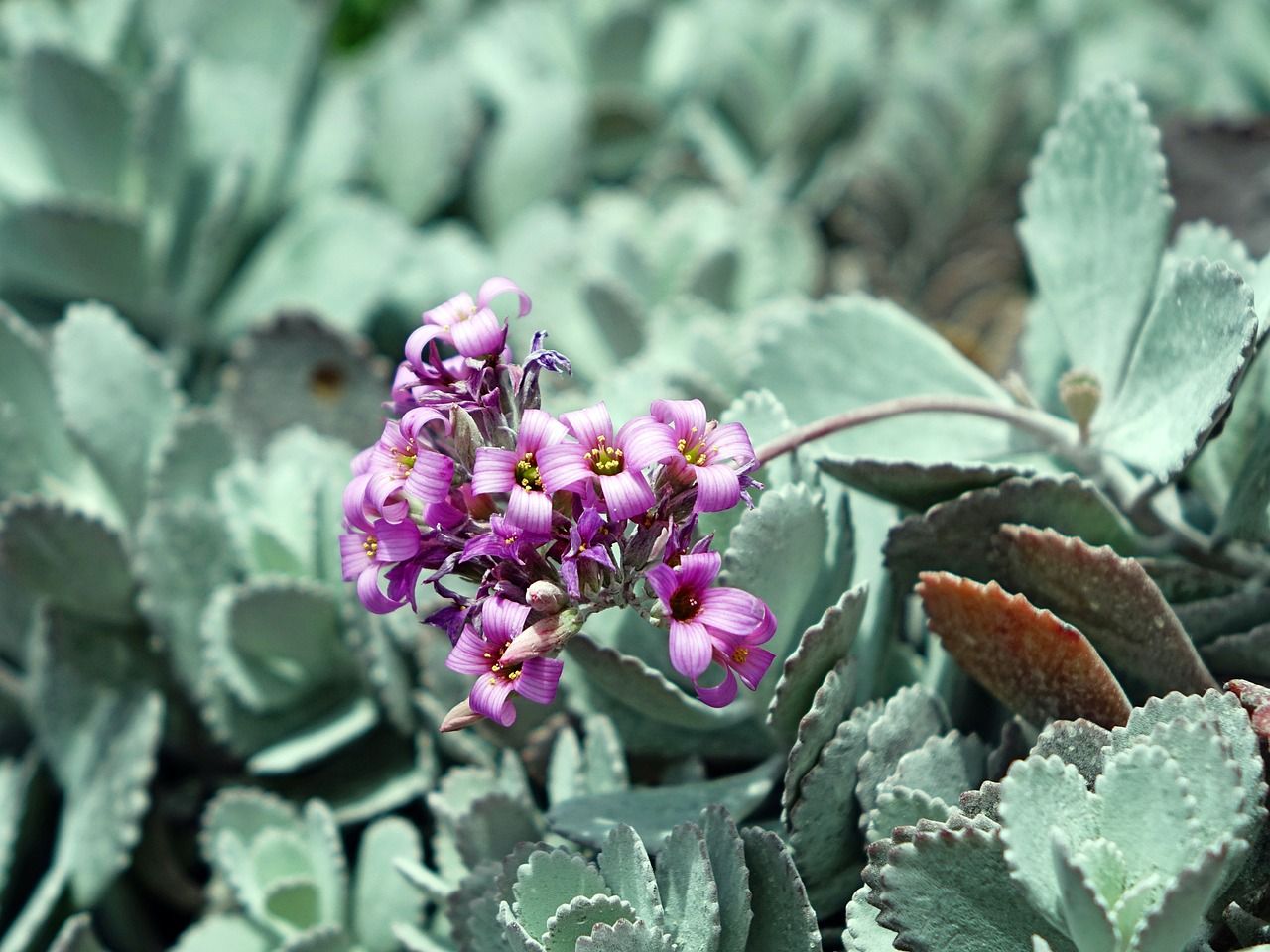
Kalanchoe pumila is a spreading dwarf succulent shrub commonly known as ‘flower powder plant’. These plants make a great addition to home gardens or hanging baskets.
It forms a small clumping shrub that can grow up to 30 cm in length.
The entire plant is covered with long, oblong leaves. The leaves are covered in waxy hairs that give the plant a «dusty» appearance. It has tiny violet-pink flowers with well-defined yellow anthers that bloom from late winter to early spring.
These plants prefer to grow in partial to full sunlight with moderate watering.
Kalanchoe laciniata
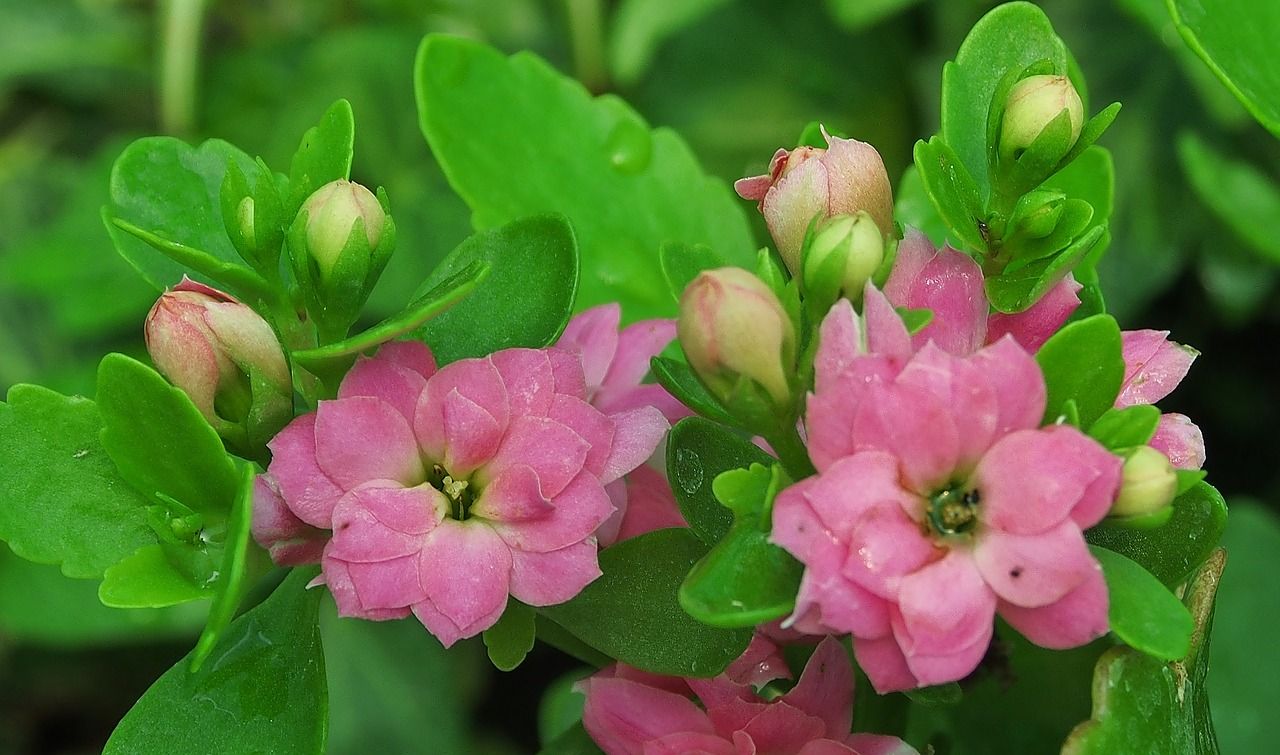
Kalanchoe laciniata is a perennial succulent also called » Christmas tree plant or Lace Leaf Kalanchoe». It grows up to 100 cm.
It has fleshy ovate to elliptic medium green leaves. It has a terminal inflorescence and the flowers are tubular, greenish white to light orange.
It prefers to grow in full sun or partial shade in well-drained soil. The soil should be kept moist in summer with regular watering, but sparingly in winter.
Kalanchoe manginii
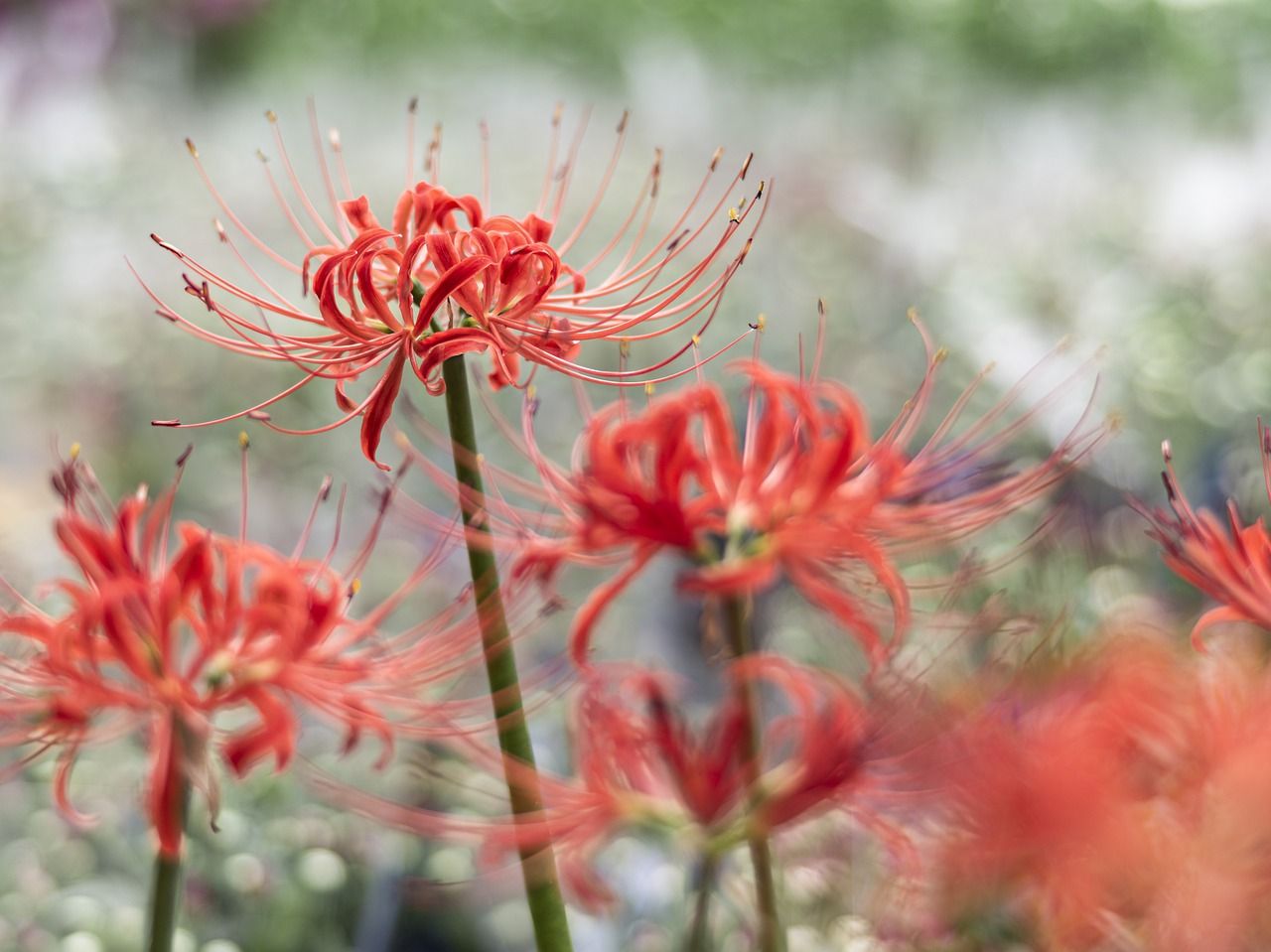
This variety of kalanchoe, is a succulent with arching branches also known as Bryophyllum manginii. You may know this plant commonly as spider plant, peach bells, Madagascar wax bells.
The spider plant is a fast-growing plant that reaches 30 cm. Young plants have upright stems with small shiny green leaves. The leaves are round and turn reddish in full sunlight, and sometimes the leaves appear slightly toothed at the top. The flowers are orange-red to bright red and bloom during the spring season.
Most people grow it indoors, but no matter where you find it, it needs plenty of sunlight. These plants require regular watering during the summer.
It has a basal rosette of thick, fleshy, round leaves. The tips of the leaves turn a brilliant wine-red during winter in bright sunlight. In some cases, the leaves turn completely red during the cold winter months.
This plant makes a striking appearance in late winter and early spring, when a stem bearing clusters of tubular yellow flowers emerges from the center.
The flowers vary in color from white, cream, pinkish, pale to yellowish.
Shovel plant is drought, heat, and salt tolerant, but quite sensitive to overwatering. It grows well in moist, well-drained potting soil mix in direct sunlight or partial shade.
This plant is often confused with Kalanchoe thyrsiflora, which has shorter, broader leaves. However, it can be easily distinguished from Paddle Plant because Kalanchoe thyrsiflora does not turn red during winter and produces darker yellow flowers.
Kalanchoe daigremontiana
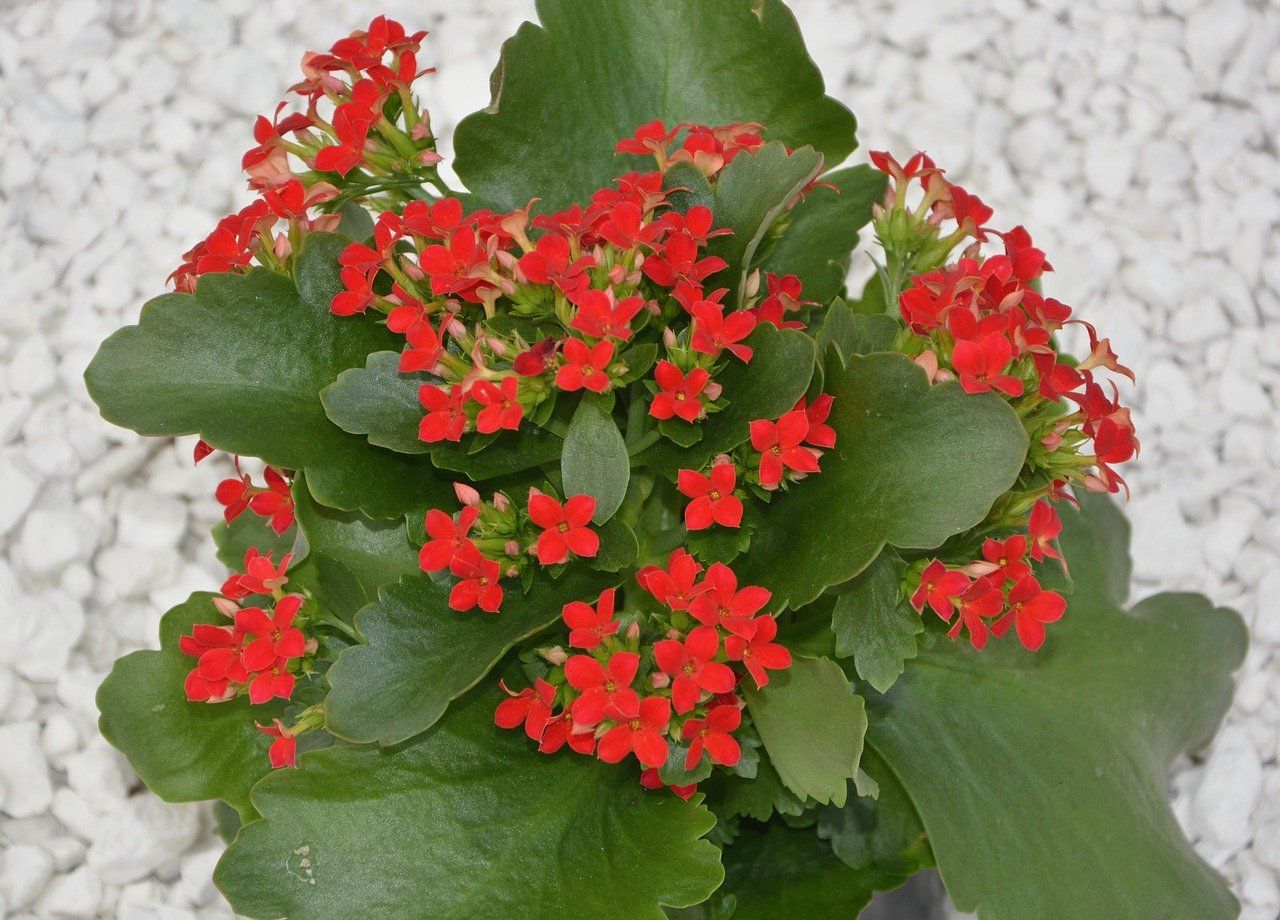
This variety of kalanchoe is known as «mother of thousands».
Kalanchoe daigremontiana is a short-lived monocarpic succulent plant also known as Bryophyllum daigremontianum. It is commonly known by many famous names such as Mother of a Thousand, Devil’s Backbone, Mexican Hat Plant, and Cayman Plant.
It has upright brown stems that grow up to a meter (90 cm) tall, with fleshy, oblong blades that look like whorls. It has variable leaves of different shapes, sizes and colors.
The inflorescence is terminal, umbrella-shaped, grayish pink to reddish purple with bell-shaped flowers.
This plant can survive prolonged periods of drought. It loves getting a good dose of morning sunlight and warm weather. The only thing this plant does not tolerate is soggy soil.
Another important fact about this plant is that “All parts of this plant contain a toxic steroid known as daigremontianin”.
kalanchoe uniflora
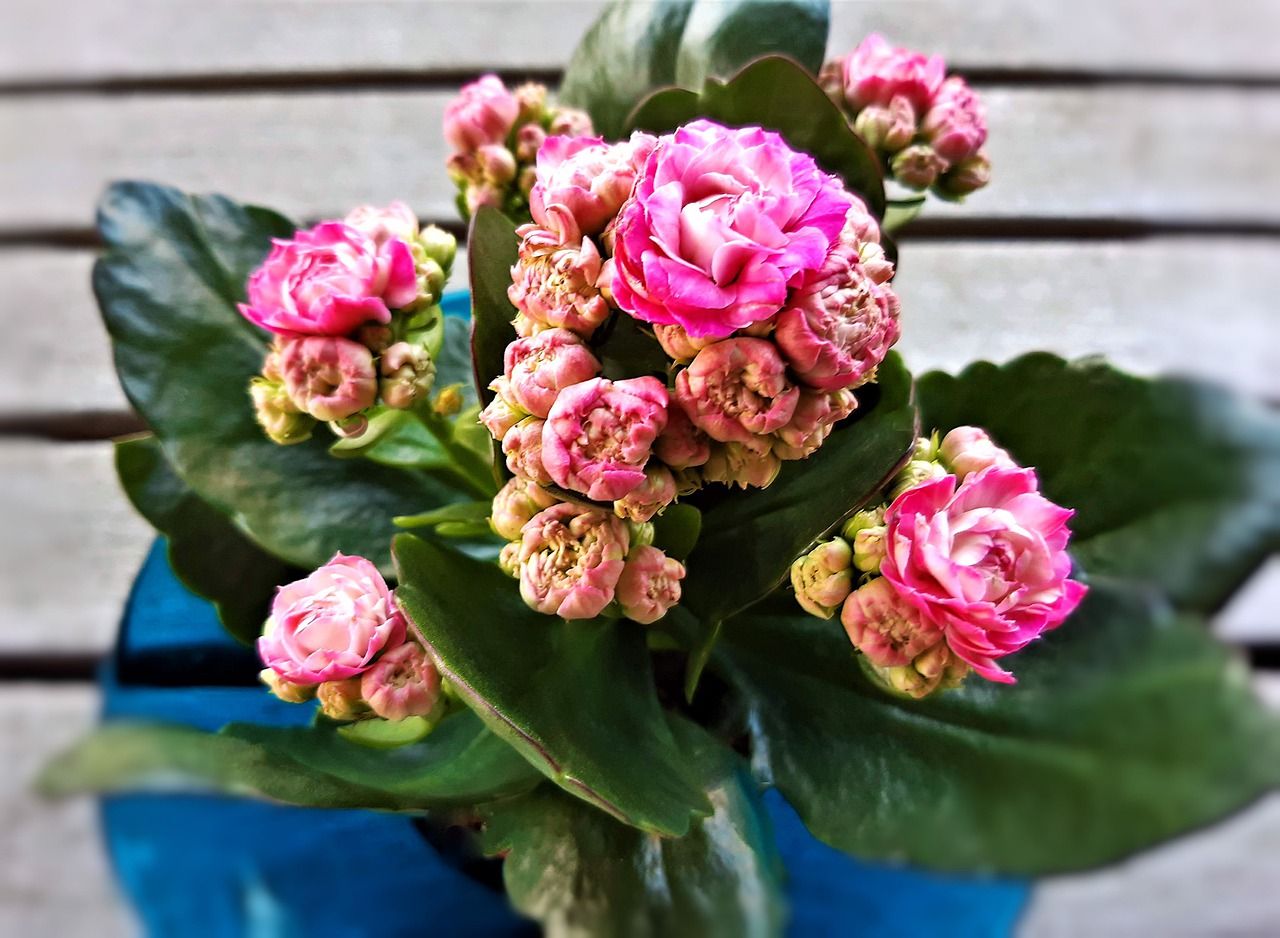
Kalanchoe uniflora is the most beautiful epiphytic succulent with hanging or climbing stems resembling Crassula perfossa and other similar plants. Kalanchoe uniflora is also known as coral bells, coral berries, winter bells, and climbing kalanchoe.
This type of kalanchoe has thin, prostrate stems that root at the nodes when they touch a favorable growing medium. The leaves are thick, glabrous, fleshy, bright green, and sessile to petiolate.
It has colorful and long-lasting bell-shaped flowers.
The flowers are variable in color, pinkish, purple-red, purplish-red, pendulous, borne on thread-like purple pedicels. Coral bells require minimal care, but light levels should be optimal.
Exposure to intense light can cause burning of the tips of the leaves. They do well in a bright, sunny spot during the summer months with moderate watering.
kalanchoe marmorata
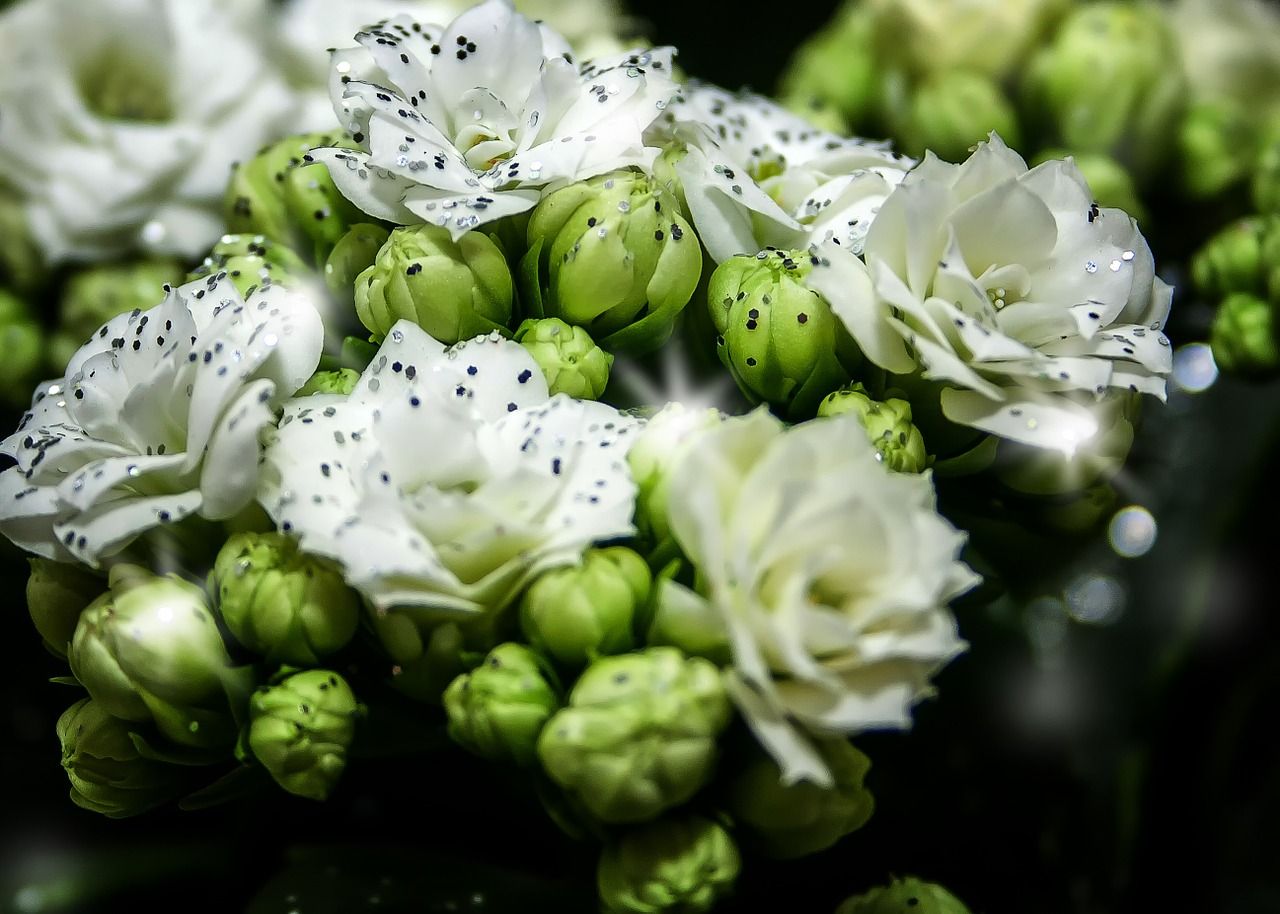
The Kalanchoe marmorata, commonly known as the Spotted Kalanchoe, is an attractive succulent plant. It has erect and decumbent stems that grow up to 4 feet (135 cm) tall.
The leaves are a beautiful gray-green color with irregular purple spots.
These spots give plants an unusual and wonderful appearance. It produces long-lasting, star-shaped, white flowers, which are sometimes tinged with pink. It continues to bloom from winter to early spring.
Like other Kalanchoes, these plants are light sensitive and do well in warm, sunny locations during the summer season, provided they are watered sparingly.

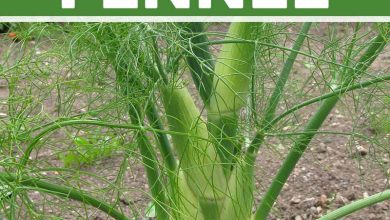
![Photo of The Complete Guide to Persimmon Cultivation [What You Should Know]](https://www.complete-gardening.com/wp-content/uploads/2022/08/the-complete-guide-to-persimmon-cultivation-what-you-should-know-390x220.jpg)
![Photo of Kumquat Care: [Soil, Humidity, Pruning and Problems]](https://www.complete-gardening.com/wp-content/uploads/2022/08/kumquat-care-soil-humidity-pruning-and-problems-390x220.jpg)
![Photo of Complex Fertilizers: [Characteristics, Effect, Obtaining and Application]](https://www.complete-gardening.com/wp-content/uploads/2022/08/complex-fertilizers-characteristics-effect-obtaining-and-application-390x200.jpg)